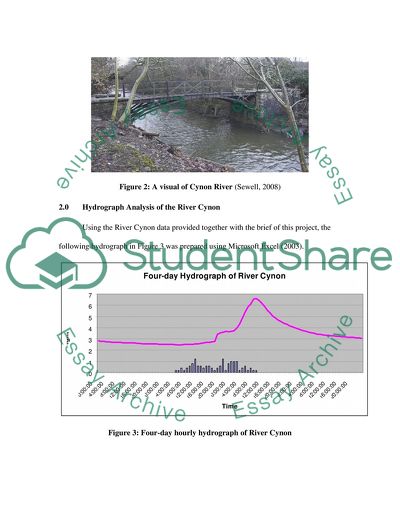Cite this document
(Storm Drainage Design Project Case Study Example | Topics and Well Written Essays - 1750 words - 5, n.d.)
Storm Drainage Design Project Case Study Example | Topics and Well Written Essays - 1750 words - 5. https://studentshare.org/design-technology/1553868-storm-drainage-design-project
Storm Drainage Design Project Case Study Example | Topics and Well Written Essays - 1750 words - 5. https://studentshare.org/design-technology/1553868-storm-drainage-design-project
(Storm Drainage Design Project Case Study Example | Topics and Well Written Essays - 1750 Words - 5)
Storm Drainage Design Project Case Study Example | Topics and Well Written Essays - 1750 Words - 5. https://studentshare.org/design-technology/1553868-storm-drainage-design-project.
Storm Drainage Design Project Case Study Example | Topics and Well Written Essays - 1750 Words - 5. https://studentshare.org/design-technology/1553868-storm-drainage-design-project.
“Storm Drainage Design Project Case Study Example | Topics and Well Written Essays - 1750 Words - 5”. https://studentshare.org/design-technology/1553868-storm-drainage-design-project.


